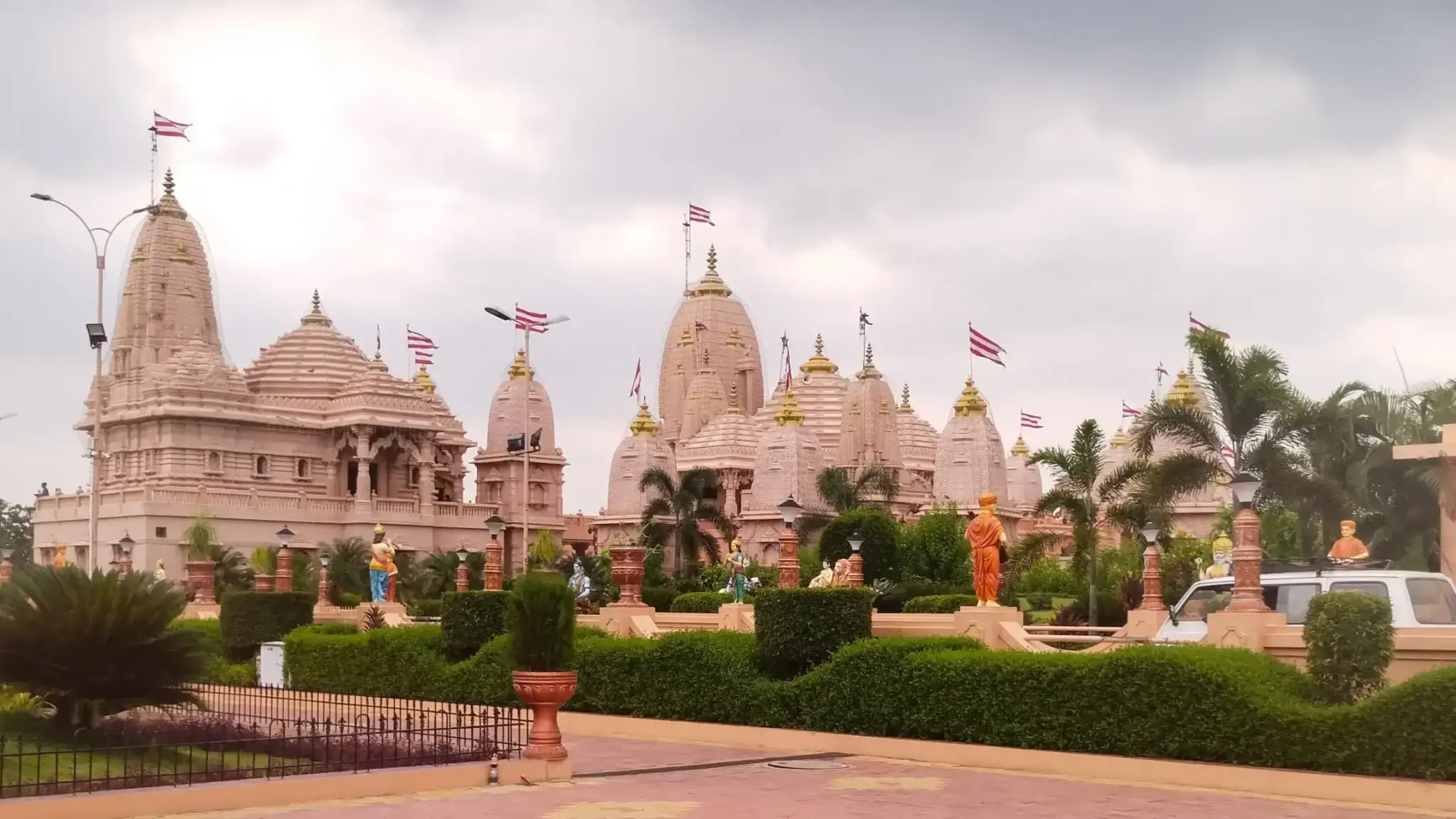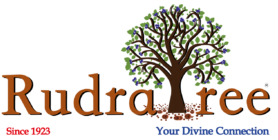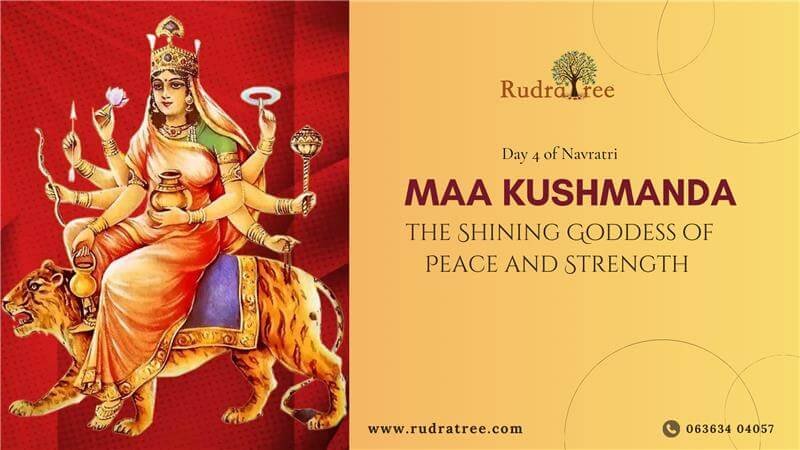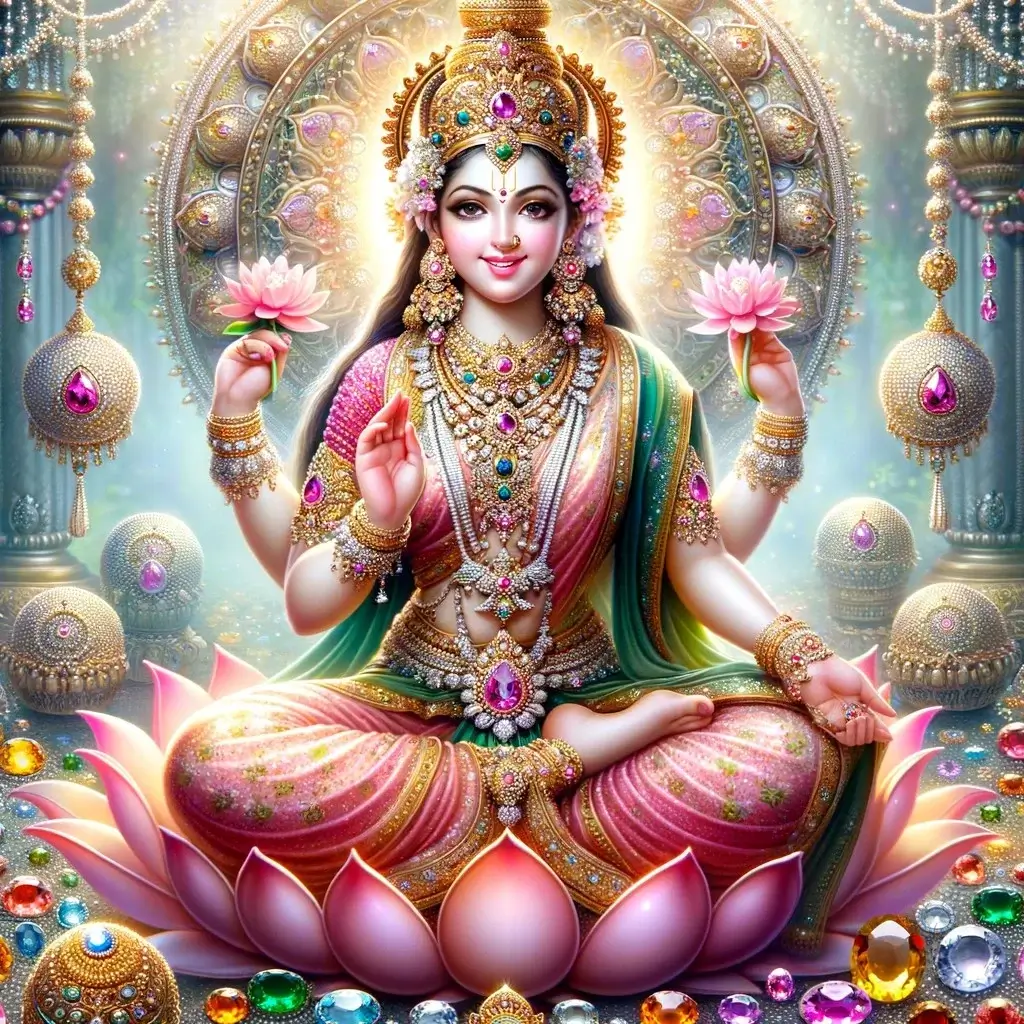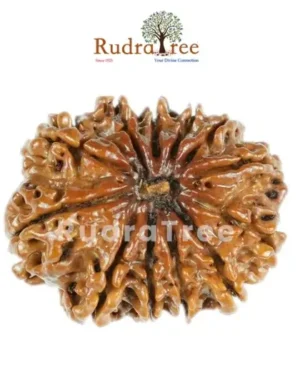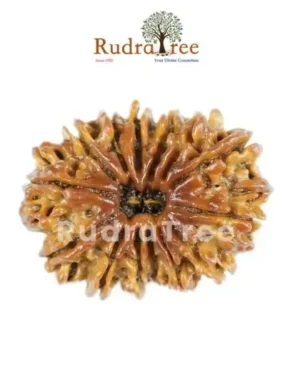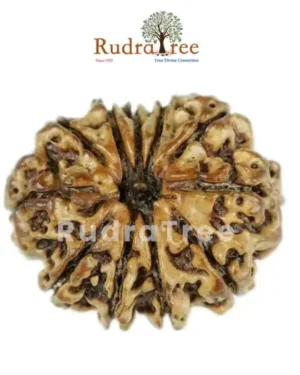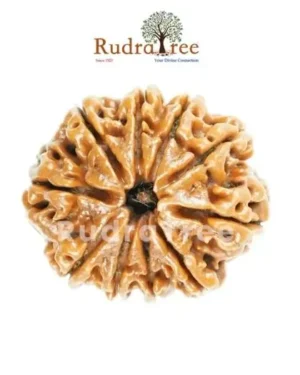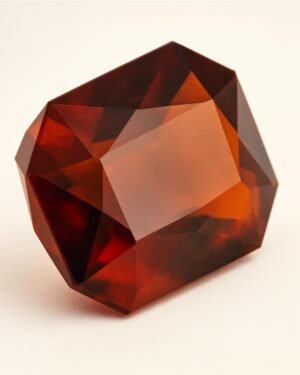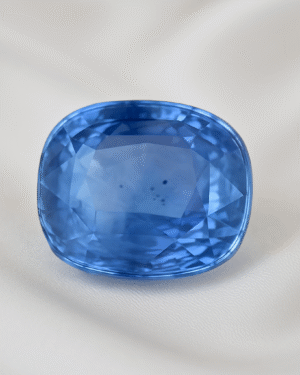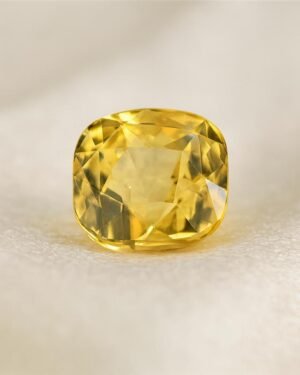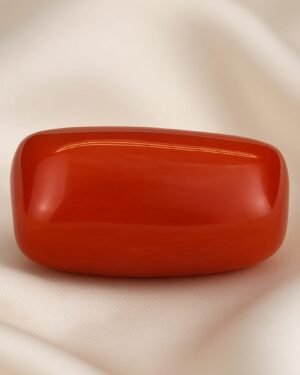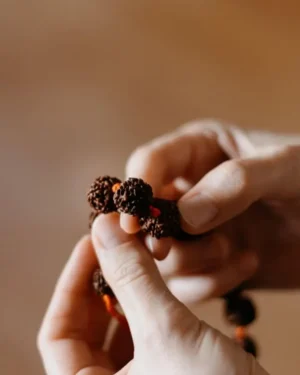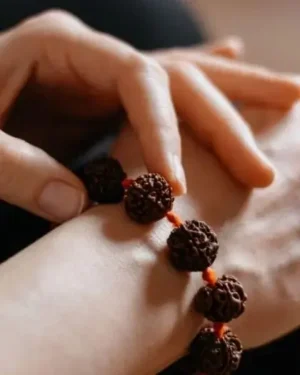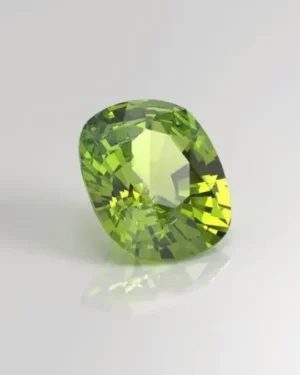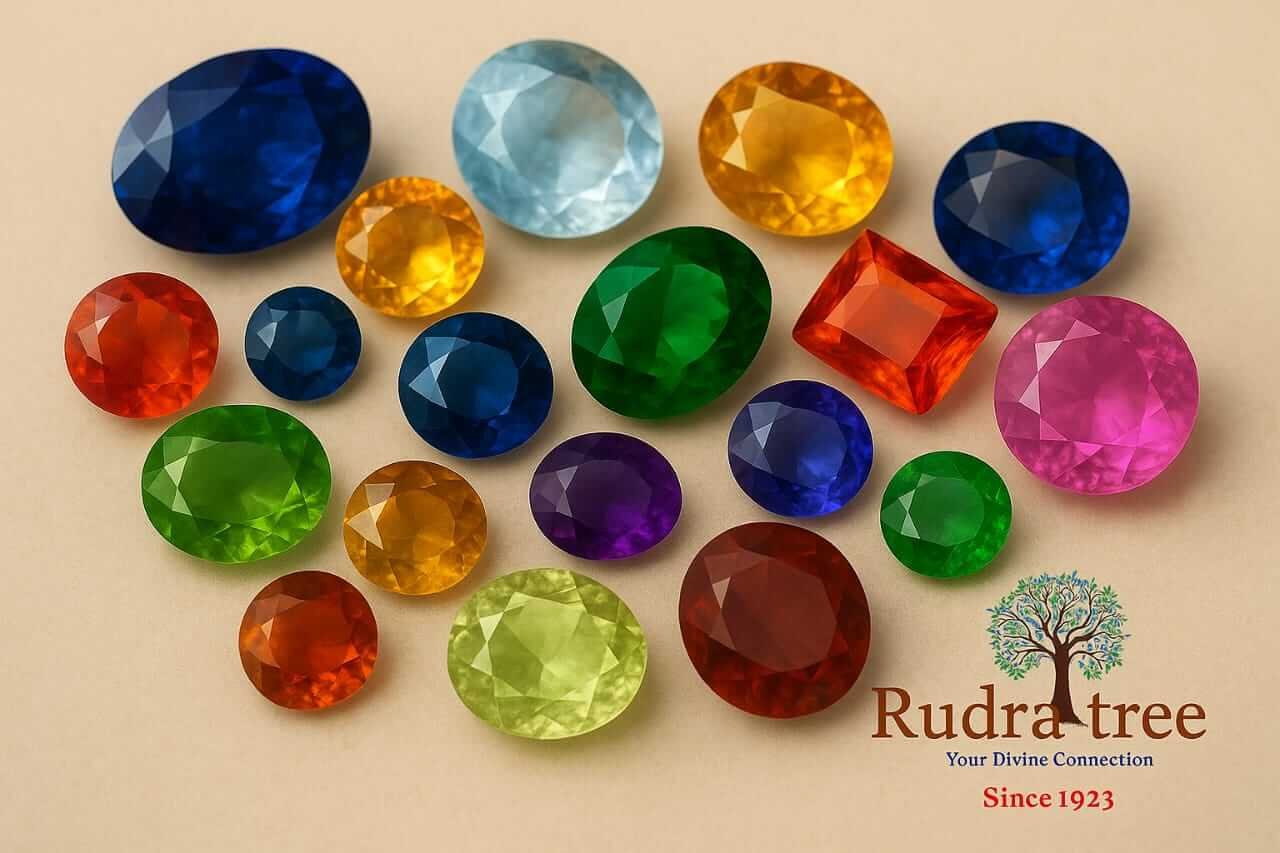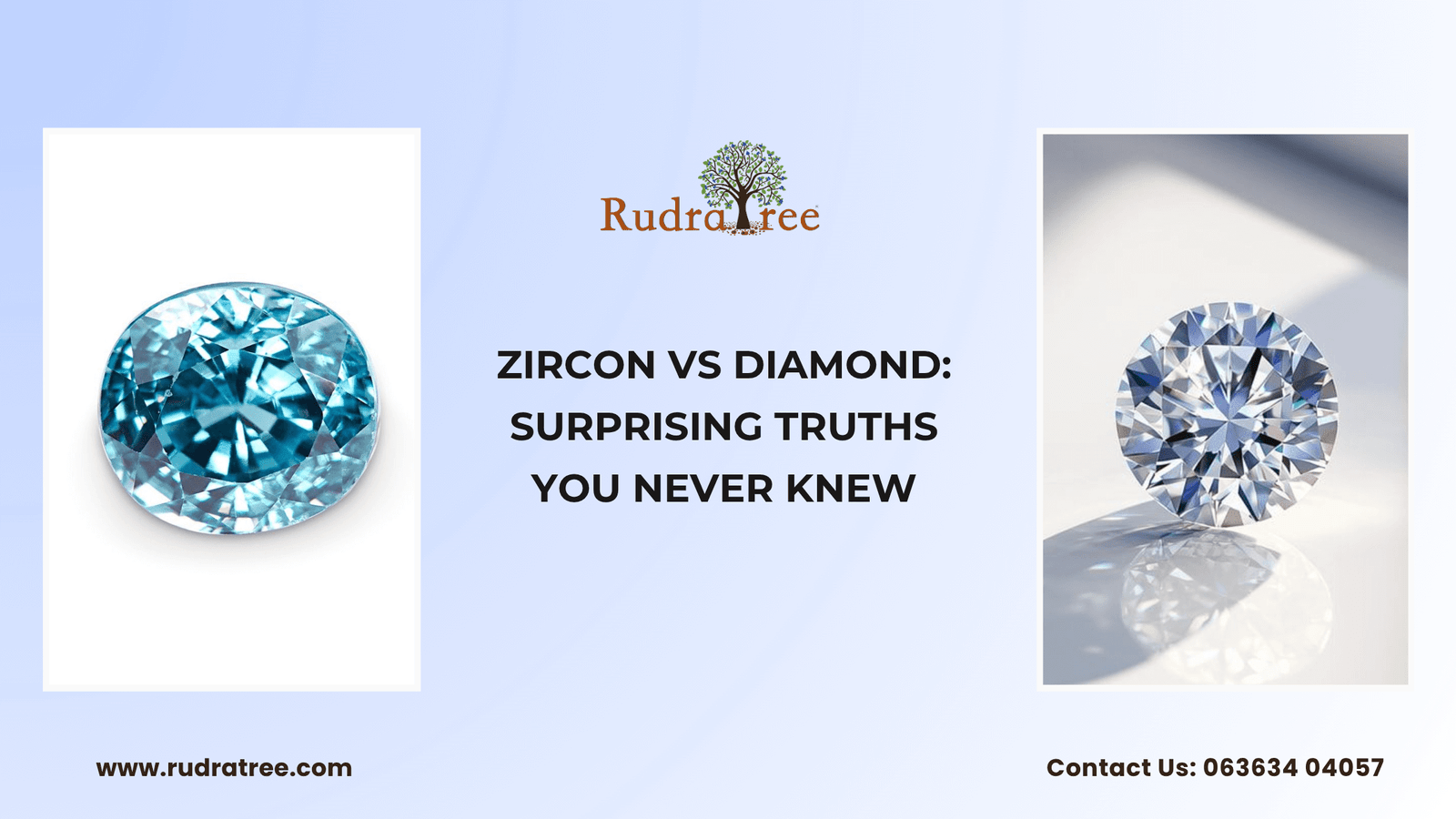On the fourth day of Navratri, devotees worship Maa Kushmanda, the radiant goddess credited with creating the universe with her divine smile. The name Kushmanda translates to “the cosmic egg” (Ku = little, Ushma = warmth, Anda = egg), symbolizing her power to manifest creation from nothingness. She is revered as the source of life, energy, and vitality, blessing her devotees with health, strength, and positivity.
Maa Kushmanda is depicted as a luminous goddess riding a lion, radiating brilliance and energy. She is portrayed with eight arms (Ashtabhuja Devi), holding a kamandal, bow, arrow, lotus, nectar pot, discus, mace, and rosary. These weapons and symbols represent power, protection, nourishment, and spiritual wisdom. Her divine aura is said to be the reason the Sun shines, and thus she is also called the “Aditya Rupa,” or the embodiment of the Sun.
Worshipping Maa Kushmanda on the fourth day of Navratri is believed to remove illnesses and negativity, restoring health and vitality to devotees. She infuses strength, courage, and confidence, while also bringing abundance, harmony, and positive energy into households. Her blessings extend to both worldly prosperity and spiritual realization, guiding seekers toward a balanced life. Symbolically, her radiant smile represents the very light of creation, reminding us that a positive mind and heart can generate infinite possibilities even from emptiness.
Maa Kushmanda is closely associated with the Sun (Surya), the eternal source of light and life. Her gemstone is the Ruby (Manikya), which is revered for enhancing vitality, leadership qualities, and self-confidence. In the Rudraksha tradition, the 8 Mukhi Rudraksha—blessed by Lord Ganesha—is linked with her divine energy. This sacred bead is believed to remove obstacles, bring clarity of thought, and attract success, aligning devotees with the radiant strength and positivity of Maa Kushmanda.
On the fourth day of Navratri, devotees worship Maa Kushmanda by offering red or orange flowers, fruits, and pumpkin, which symbolizes fertility and divine energy. Chanting the sacred mantra “Om Devi Kushmandayai Namah” is believed to attract health, vitality, and prosperity into one’s life. Lighting a ghee lamp and meditating upon her radiant form helps devotees invite balance, positivity, and divine blessings into their homes and hearts.
Conclusion
The fourth day of Navratri, dedicated to Maa Kushmanda, reminds us that creation begins with light and positivity. Her worship not only brings health and vitality but also teaches that a smiling heart and radiant soul can conquer darkness. With her blessings, devotees find renewed strength, happiness, and spiritual elevation.
